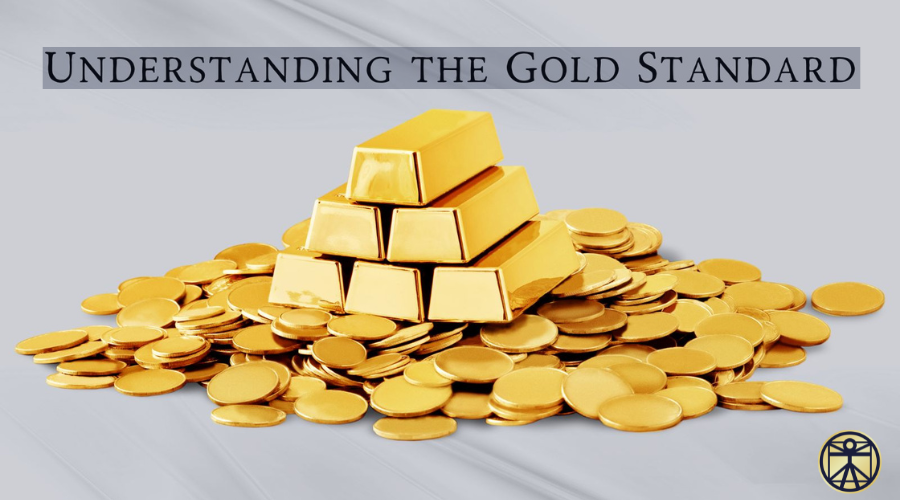A key to understanding monetary value
In the financial and economic world, the gold standard has been a fundamental pillar for many years. Although this system has been abandoned for some time, it remains essential to understand how it works and its impact on the global economy. We will explore in detail what the gold standard is, its history, how it works, and why it continues to attract the interest of some economists and investors.
What is the gold standard?
The gold standard is a monetary system in which the value of a country’s currency is directly tied to a specific amount of gold held by the state. In other words, each monetary unit has a fixed value in gold. For example, if a country adopts a gold standard and an ounce of gold is worth 1000 euros, then that country’s currency would be closely tied to this value.
The history of the gold standard
The use of gold as a medium of exchange dates back to ancient times, but it was in the 19th century that the gold standard system really developed. Many countries have adopted this system to stabilize their currencies and promote international trade.
The most iconic period of the gold standard was between 1870 and 1914, before World War I, when many countries harmonized their monetary systems with gold. However, the high cost of war led to economic instability, and some countries temporarily abandoned the gold standard to finance their military spending.
The Bretton Woods system
After World War II, countries came together at Bretton Woods in the United States to establish a new international monetary system. This was based on a modified version of the gold standard, known as the “fixed exchange rate regime”. In this system, currencies were fixed in relation to the American dollar, itself convertible into gold at a fixed rate of 35 dollars per ounce.
However, in the 1970s, U.S. budget deficits led to a loss of confidence in the United States’ ability to maintain dollar-to-gold convertibility. In 1971, US President Richard Nixon made the decision to end the convertibility of the dollar into gold, thereby ending the international gold standard.
Advantages of the gold standard
Monetary Stability: With a gold standard, the value of currency is closely tied to a tangible reserve, which limits sudden fluctuations in monetary value.
Fiscal Discipline: Since governments cannot simply print money at will, the gold standard forces fiscal discipline and limits inflation.
Investor Confidence: The gold standard can boost investor confidence because it provides a guarantee of tangible value for the currency.
Disadvantages of the gold standard
Gold Scarcity: The amount of gold available limits a country’s ability to increase its money supply to support economic growth.
Lack of flexibility: In the event of an economic crisis, governments have less room to respond by adjusting monetary policy.
Although the gold standard is no longer the dominant monetary system today, it remains an important page in world economic history. Understanding its functioning and its influence allows us to better understand the evolution of current monetary policies and economic systems. Ultimately, the gold standard shaped our modern understanding of monetary value and continues to influence financial policy debates.












